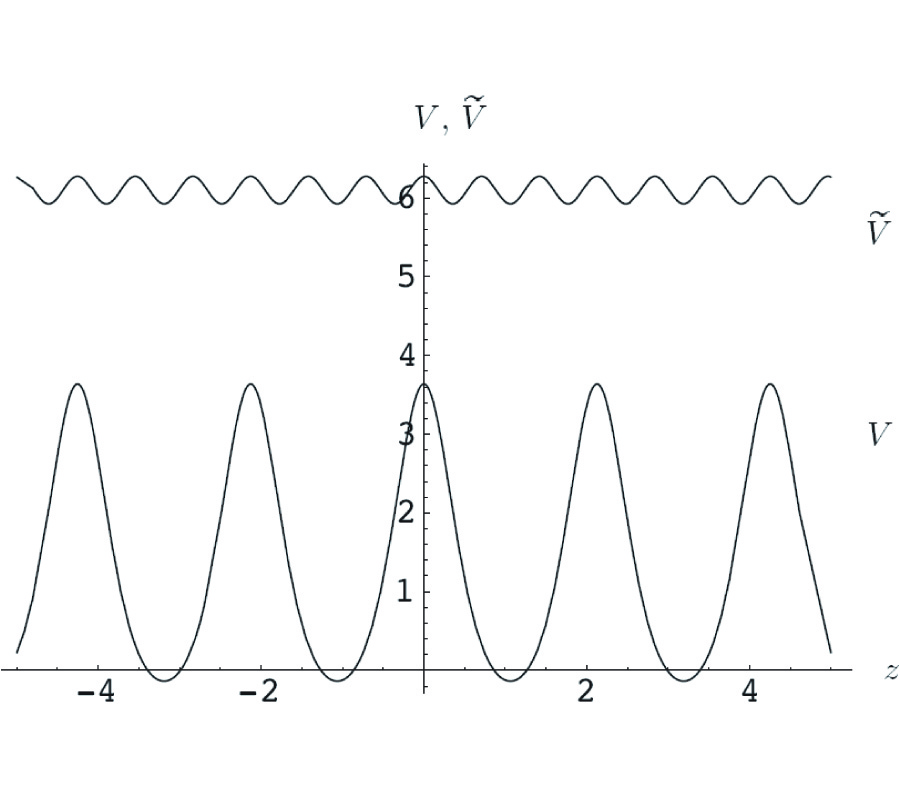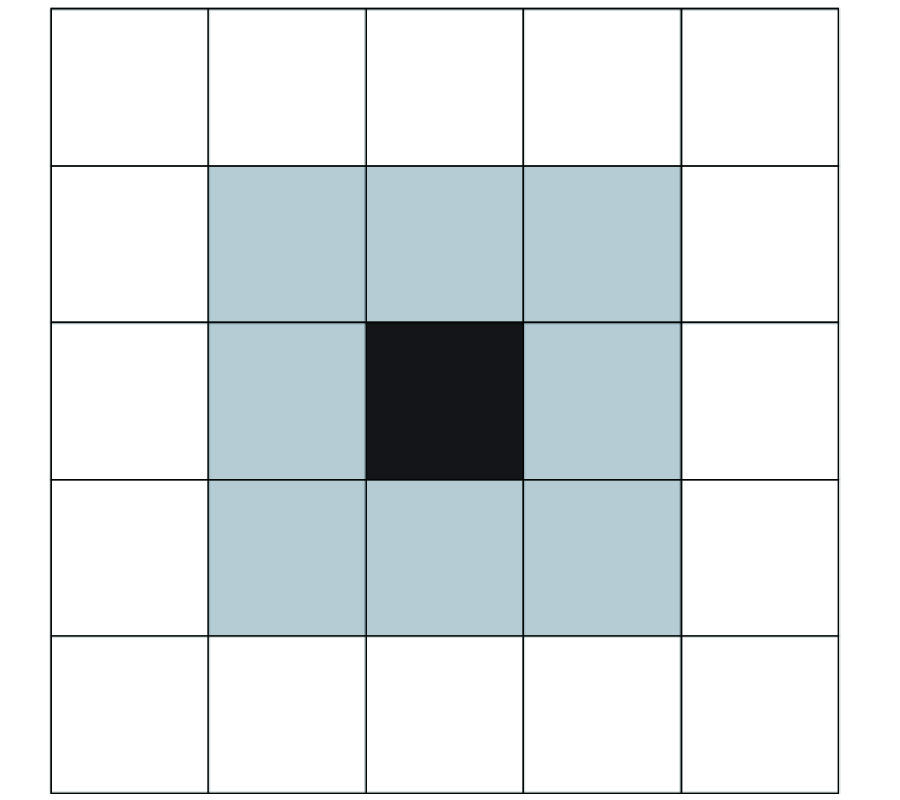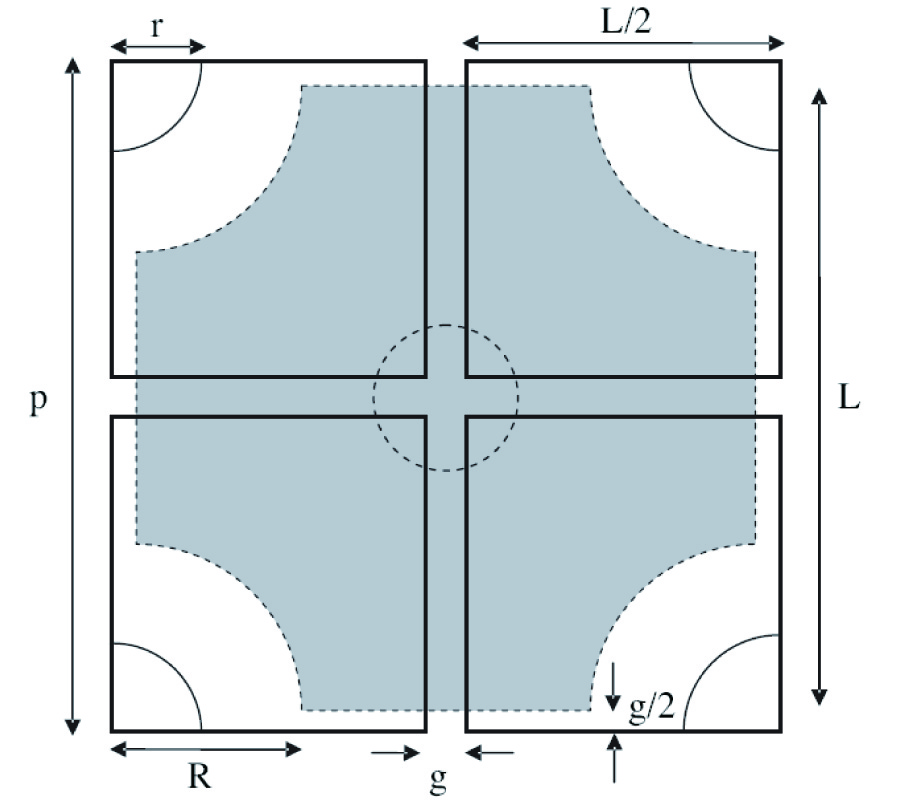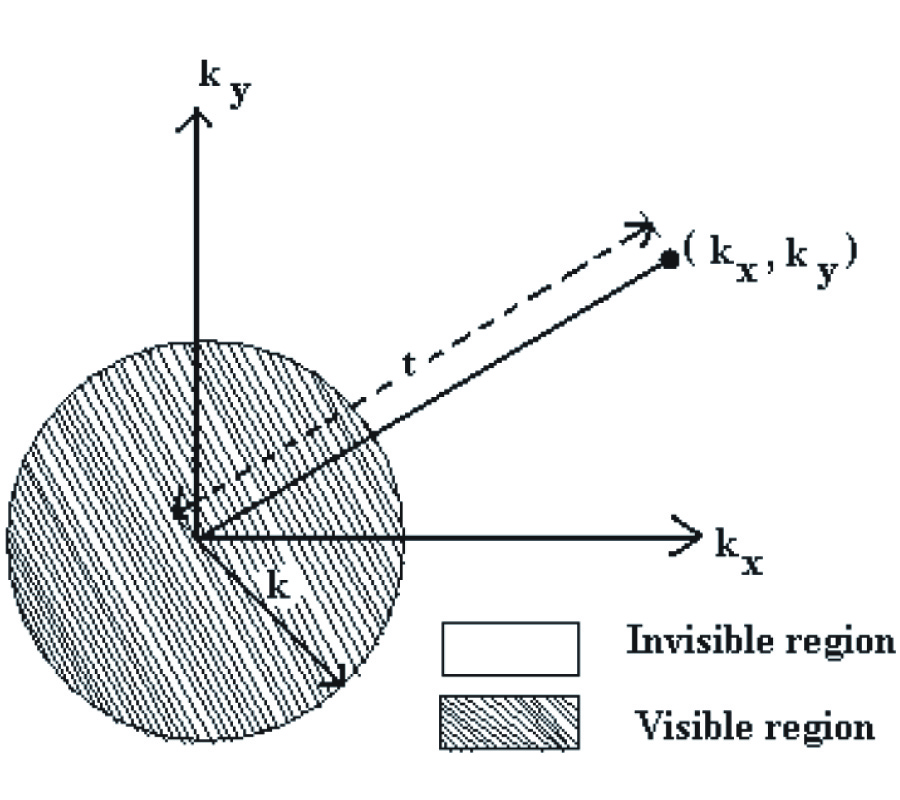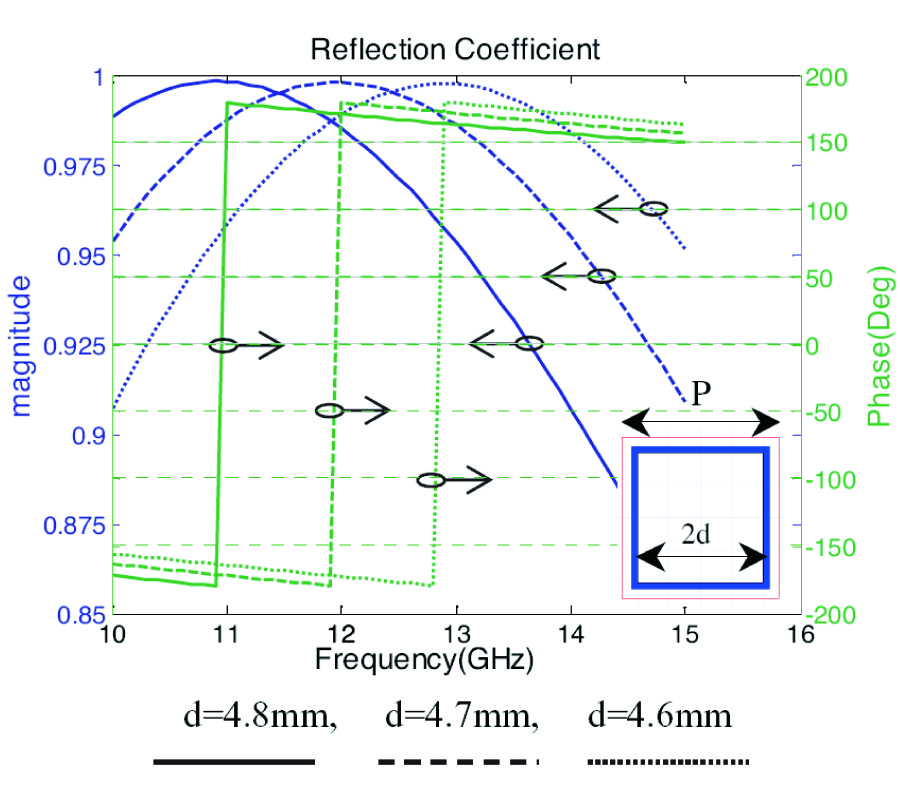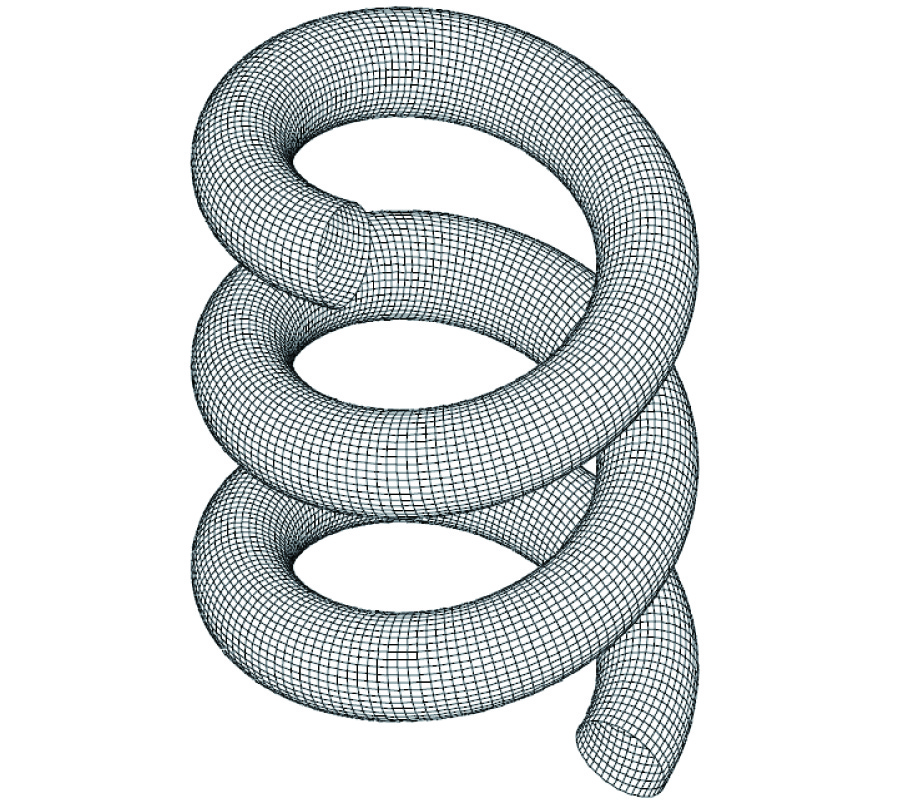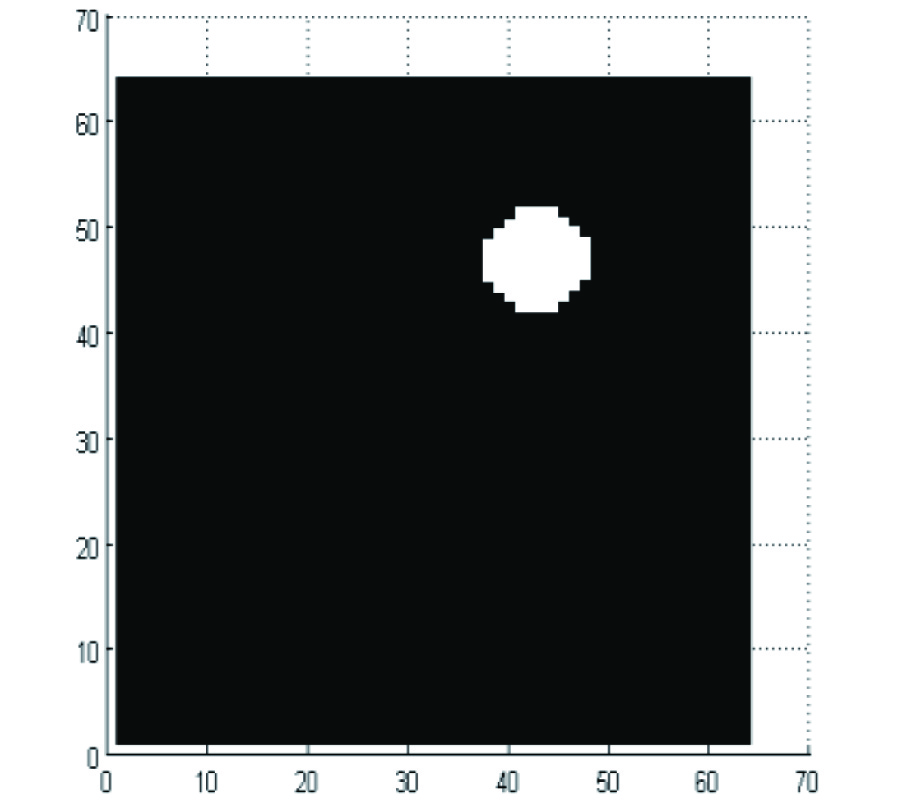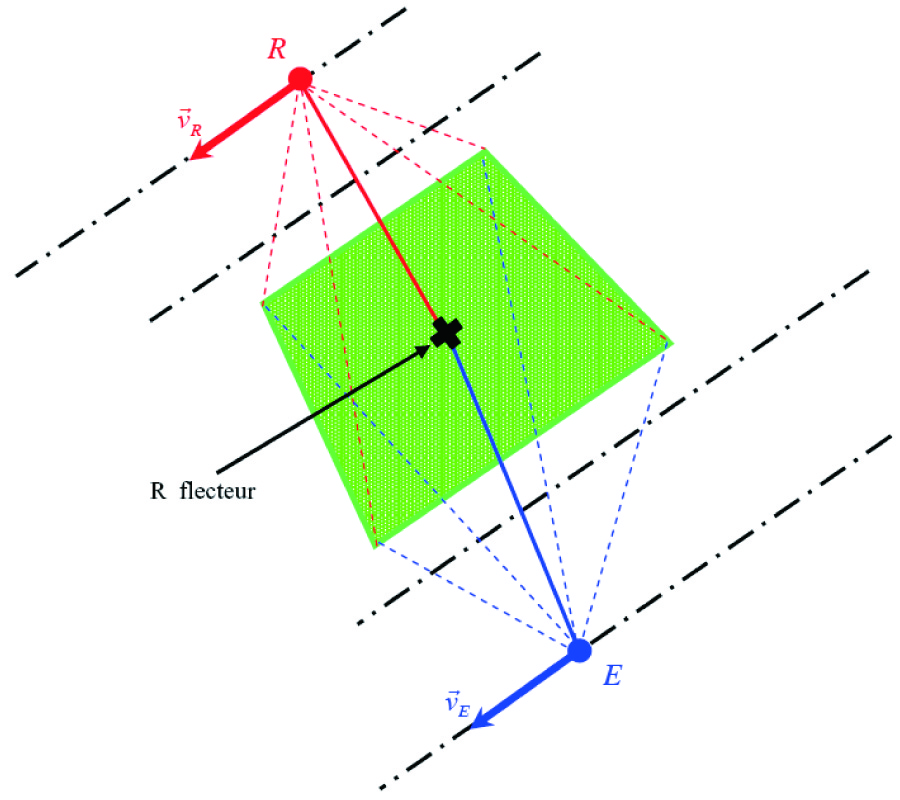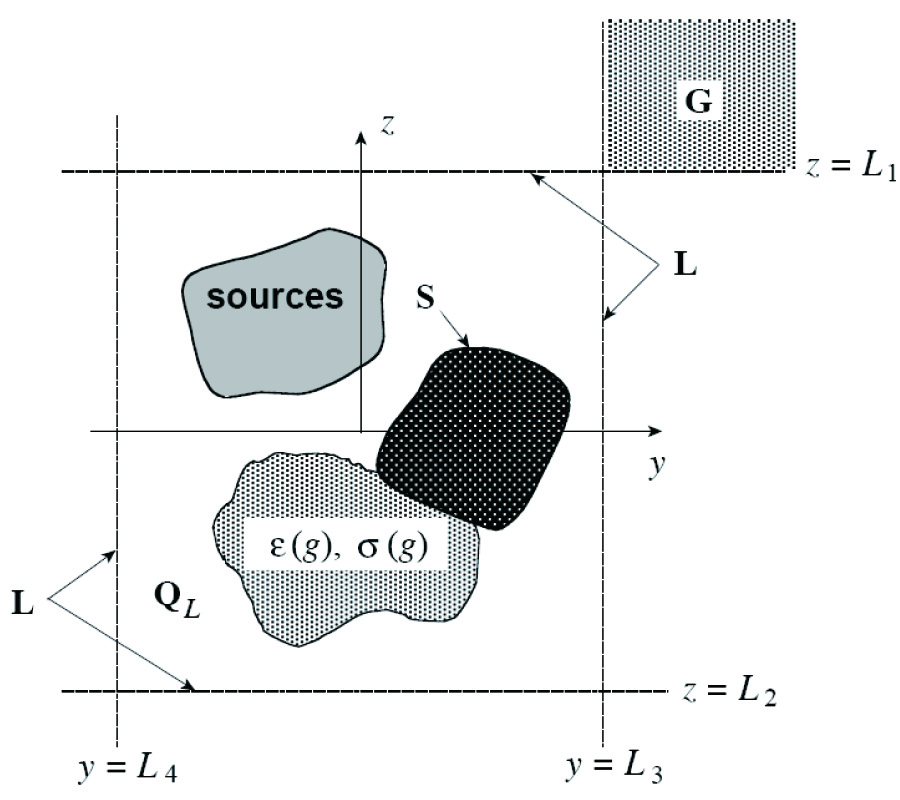Design of an Active Integrated Antenna for a Pcmcia Card
Filiberto Bilotti
,
Fabio Urbani
and
Lucio Vegni
This paper presents the design and implementation of an Active Integrated Antenna (AIA) using a Voltage Controlled Oscillator (VCO) for applications in the Industrial Scientific Medical band (2.4 ÷ 2.4835 GHz). Surface Mounting Device (SMD) technology has been applied in the realization of the passive and active components, and low cost FR-4 dielectric slabs have been employed for the integration of the antenna and the active/transmissive circuits, residing, respectively, on the opposite faces of a Personal Computer Memory Card International Association (PCMCIA) card. The proposed layout makes use of a properly corrugated ground plane, i.e., a High Impedance Ground Plane (HIGP), to improve the antenna performances and to minimize the coupling between the radiating component and other possible radiating elements and/or electronic circuits residing nearby. The analysis and the design of the radiating element with the HIGP are based on a rigorous full wave Method of Moment (MoM) formulation developed in the Spectral Domain (SD), while the design of the active circuitry is developed through the commercial tool AWR Microwave Office. The final design of the component is obtained hybridizing the two methods and applying a Genetic Algorithm (GA) optimization tool in order to take advantage of the HIGP, while keeping the geometrical dimensions of the antenna suitable for mounting on a PCMCIA card, and maintaining the antenna performances acceptable. The measured results show the performances of the VCO, an antenna gain of 19.4 dBi and an increased front-to-back radiation ratio compared to the one of the same antenna mounted on a standard Perfect Electric Ground Plane (PEGP). This result, thus, demonstrates the minimization of the interferences between the designed antenna and other possible radiating and transmissive devices residing nearby.
